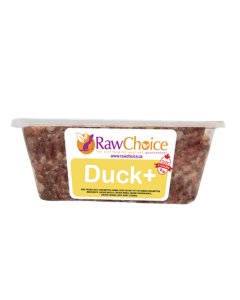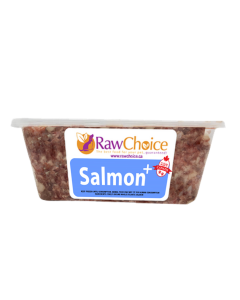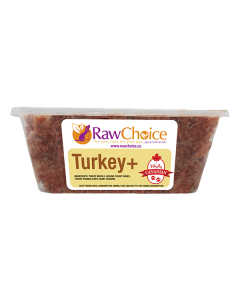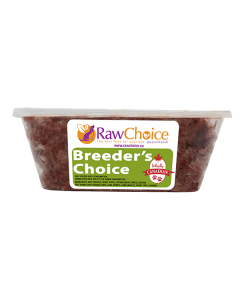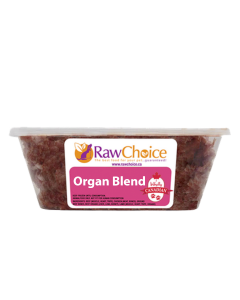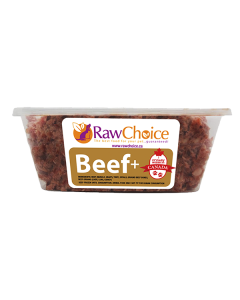
Canned food is a very convenient way for feeding pets. It is easy to ship, store, and feed. Many people argue it is superior. A research team from the University of Missouri Led by Dr. Cheryl Rosenfeld has uncovered that Bisphenol A (BPA) present in canned dog food has tripled the levels of BPA in the blood of dogs consuming the canned food within just two weeks. The switch to canned food has also affected the gut’s microbiome (the bacteria inside the dog’s gut) in a negative way (dysbiosis).
The impact of BPA cannot be overestimated.
The study:Bisphenol A (BPA) is a widely present endocrine disruptor chemical found in many household items. Pets and their owners are often exposed to environmental chemicals that can act as hormone/endocrine disrupting chemicals (EDCs). The main issue with EDCs is that they bind and activate endogenous hormonal receptors. In other words, they interfere and disrupt hormones and their functions. Unlike the hormones secreted by our own bodies (endogenous counterparts), EDCs can act in an unregulated manner to induce systemic effects. EDC’s can also block hormones naturally produced by the body from performing their functions. Bisphenol A (BPA) is one of the most widely used EDC’s and is included in many common household items. This includes (you guessed it) canned food, plastic items, storage containers, and cardboard items. It is estimated that the global production of BPA exceed the 15 billion pounds per year. Believe it or not, this number is predicted to rise dramatically in the coming years (GrandViewResearch, 2014). PBA has been found in almost all aquatic and terrestrial environments tested to date.For more information, see the excellent review by Bhandari et al., 2015. BPA is particularly dangerous because it can bioaccumulate. In other words, the body cannot clear it fast enough, similar to mercury or radioactive material. For most species, diet is considered the primary route of exposure. The experiment conducted by Dr. Rosenfeld and her team sought to determine BPA content within dog food. They also wanted to know whether short-term consumption of these diets increases serum concentrations of BPA. Finally, they investigated potential health consequences on blood, serum chemistry, cortisol levels, DNA methylation, and gut microbiome changes in dogs who consume canned dog food that might contain BPA. To do that, the researchers recruited fourteen healthy dogs. All these dogs only consumed dry dog food stored in bags. Blood and stool samples were collected prior to dogs being placed on one of two diets (with one considered to be BPA-free). After two weeks, blood and stool samples were collected again. Serum samples were analyzed for chemistry profiles, cortisol concentrations, 5-methylcytosine in lymphocytes, and total BPA concentrations. Stool samples were used for microbiome assessments. Both diets contained BPA, and after two-weeks of being on either diet, dogs had on average tripled their circulating BPA concentrations (pre-samples=0.7±0.15ng/mL, post-samples=2.2±0.15ng/mL, p<0.0001).
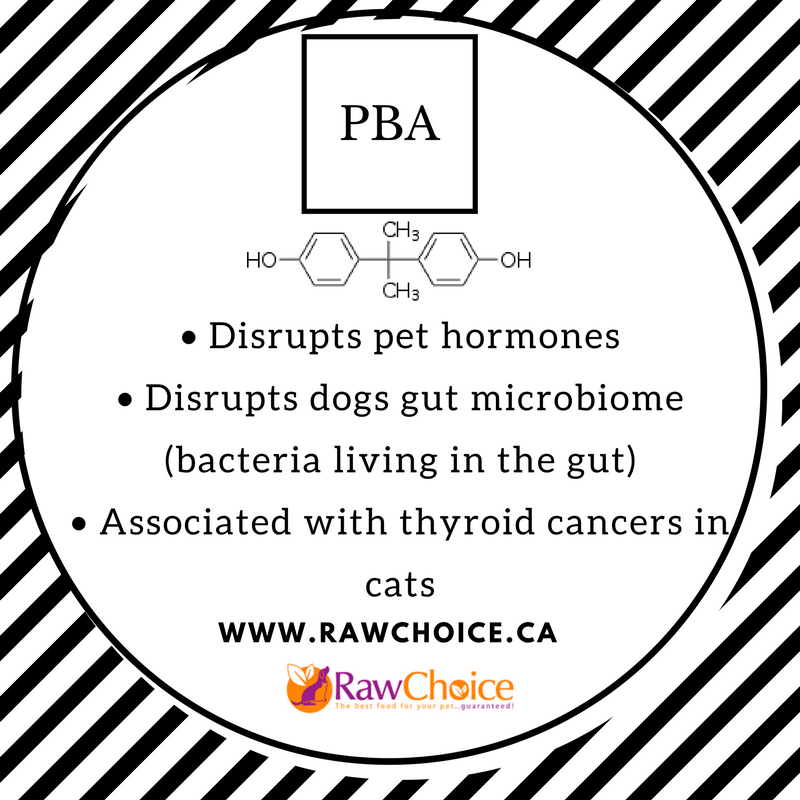
Previous studies by the same research group that exposed mice to BPA through diet or via a single oral dose have shown that dietary exposure could lead to even greater overall concentrations of BPA than single oral dose exposure and that there was a potential for bioaccumulation over time with chronic dietary exposure (Sieli et al., 2011). It is not clear what internal concentrations of BPA might be obtained when dogs are fed canned dog food for prolonged periods. All of the dogs in the study were fed dog food stored in a bag prior to being enrolled in the study. It is reasonable to conclude that the significant increase in circulating concentrations at the end of the study was because the dogs were changed from being fed a dry-type dog food stored in a bag to one of two brands contained with a can. Keep in mind that the researchers relied on a credible source for choosing the brands of canned food (TruthAboutPetFood), which have asked the manufacturers dircetly if their product contained BPA or not. These findings are consistent with previous human studies that showed greater internal concentrations of BPA in those consuming food stored in a can as opposed to those who ate fresh food or food stored in other types of containers (Carwile et al., 2011). Elevated BPA concentrations positively correlated with increased plasma bicarbonate concentrations and associated with fecal microbiome alterations. Bicarbonate usually increases in metabolic alkalosis, which can result from gastrointestinal and renal disorders. It is possible that long-term exposure to BPA may be associated with rising bicarbonate ion concentrations that could then fall outside of the reference limit and result in some serious effects. The positive correlation between BPA and bicarbonate ion may be mediated by diet or gut microbiome changes. The relationship between BPA and bicarbonate ion thus warrants Dogs share the same living space as us. They are excellent indicators of potential human health concerns to BPA and other environmental chemicals.

